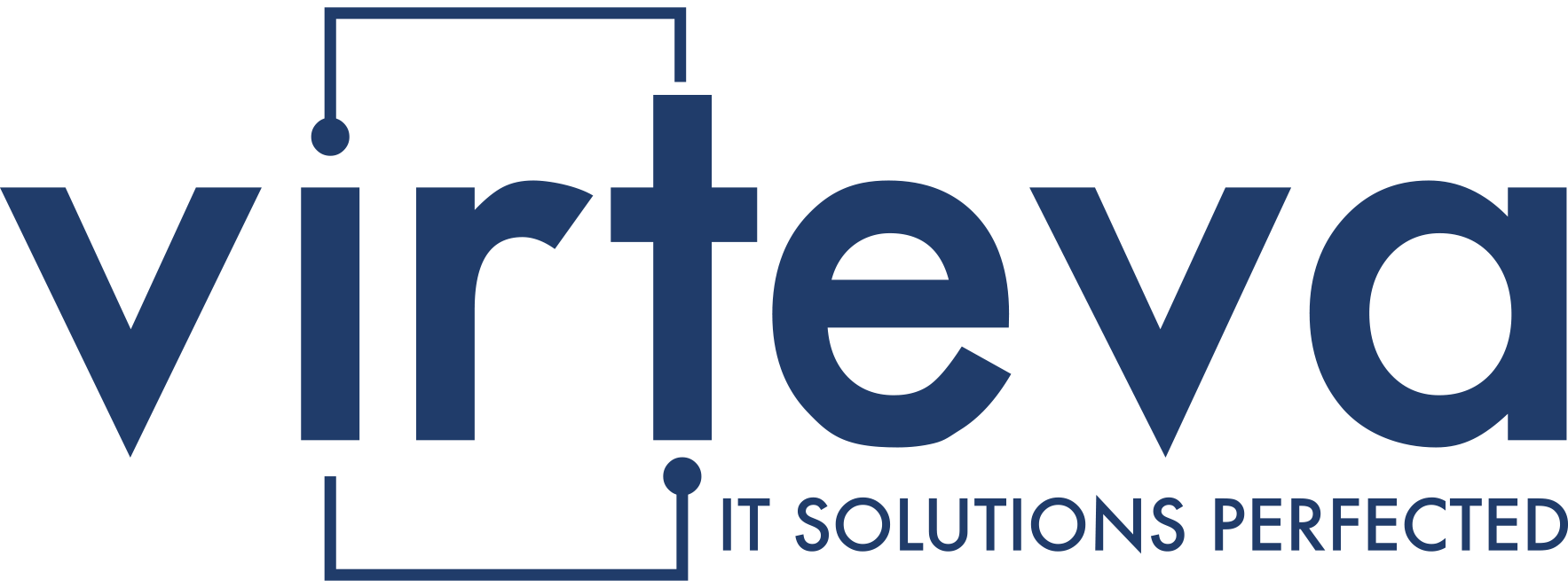What Is DRaaS (Disaster Recovery as a Service)?
Disaster Recovery as a Service (DRaaS) is a cloud-based solution that enables organizations to back up their data, applications, and IT infrastructure in a secure, remote environment and rapidly restore operations following a disruptive event. Unlike traditional disaster recovery approaches that require significant capital investment in secondary data centers and duplicate hardware, DRaaS provides a flexible, cost-effective alternative by leveraging cloud infrastructure to ensure business continuity.
DRaaS protects organizations from data loss and operational downtime caused by various disasters—whether natural events like floods and hurricanes, cyberattacks such as ransomware, hardware failures, human errors, or any other incident that could compromise critical systems. The service maintains replicas of essential data and applications in geographically distributed cloud locations, enabling swift recovery when primary systems become unavailable.
The fundamental value of DRaaS lies in its ability to minimize both Recovery Time Objectives (RTO) and Recovery Point Objectives (RPO). RTO represents the maximum acceptable duration that systems can remain offline, while RPO defines the maximum acceptable amount of data loss measured in time. DRaaS solutions are specifically designed to meet aggressive RTO and RPO targets that would be prohibitively expensive to achieve through traditional disaster recovery infrastructure.
How DRaaS Works
DRaaS operates through continuous data replication, automated failover mechanisms, and cloud-based recovery environments. Replication agents installed on protected systems continuously capture changes to data and application states, transmitting this information to secure cloud storage locations.
When disaster strikes, the DRaaS platform orchestrates the recovery process by provisioning computing resources in the cloud, restoring data to specific recovery points, and redirecting network traffic to the recovery environment. This orchestration happens through pre-configured recovery plans that define the sequence in which systems should be restored, dependencies between applications, and priority levels for different workloads.
Key Features of DRaaS
Continuous Data Protection
DRaaS platforms provide continuous data protection that captures changes as they occur, ensuring minimal data loss even if disaster strikes between scheduled backup windows. This near-zero RPO capability represents a significant advancement over traditional point-in-time backup approaches.
Automated Failover and Failback
When primary systems become unavailable, DRaaS platforms automatically initiate failover processes that redirect users and applications to the recovery environment. Once the primary infrastructure is restored, automated failback mechanisms synchronize changes made during the outage and return operations to normal with minimal manual intervention.
Application-Aware Recovery
Sophisticated DRaaS solutions understand the relationships and dependencies between different applications and systems. This intelligence ensures that multi-tier applications are recovered in the correct sequence, with all necessary components available before bringing services online.
Regular Testing Capabilities
Advanced DRaaS solutions incorporate automated testing that allows organizations to validate their disaster recovery plans without impacting production systems. These non-disruptive tests verify that backups are complete, applications can be successfully recovered, and recovery time objectives are being met.
Strategic Advantages of DRaaS
Organizations adopting DRaaS realize numerous benefits that extend beyond basic disaster recovery capabilities:
- Reduced Capital Expenditure: DRaaS eliminates the need to purchase, maintain, and regularly refresh secondary data center infrastructure. Organizations pay only for the cloud resources they consume, converting large capital expenses into predictable operational costs.
- Faster Implementation: Traditional disaster recovery sites can take months or years to establish. DRaaS solutions can be deployed in weeks, providing protection much faster.
- Geographic Redundancy: Cloud service providers operate data centers across multiple geographic regions, enabling organizations to replicate data to locations far removed from their primary operations. This geographic separation ensures that regional disasters affecting primary sites don’t impact recovery capabilities.
- Scalability: As organizations grow and add new applications, DRaaS scales seamlessly to accommodate increased protection requirements without physical infrastructure constraints. Resources can be adjusted dynamically based on changing business needs.
- Enhanced Testing: The cloud-based nature of DRaaS makes regular disaster recovery testing practical and cost-effective. Organizations can conduct frequent tests to validate recovery procedures without disrupting production operations.
DRaaS Deployment Models
Different organizations have varying disaster recovery requirements, leading to several distinct DRaaS deployment approaches:
- Self-Service DRaaS provides organizations with internal IT expertise, the tool,s and infrastructure needed for disaster recovery while leaving configuration, testing, and management to internal teams. This model offers maximum control at lower service costs.
- Managed DRaaS includes ongoing monitoring, regular testing, plan updates, and expert support during recovery events. The service provider assumes responsibility for ensuring that recovery objectives are met, ideal for organizations lacking specialized disaster recovery expertise.
- Hybrid DRaaS combines on-premises disaster recovery capabilities with cloud-based DRaaS to balance cost, performance, and recovery objectives. Critical systems might failover to local infrastructure for the fastest recovery, while less time-sensitive workloads recover to cloud environments.
Evaluating DRaaS for Your Organization
Determining whether DRaaS aligns with organizational needs requires assessment of several factors. Organizations should conduct thorough business impact analyses to understand which systems are most critical and what RTO and RPO requirements exist for different applications. Evaluating current IT infrastructure, backup strategies, and disaster recovery capabilities helps identify gaps that DRaaS could address.
Compliance requirements vary across industries, and organizations must ensure that potential DRaaS providers can meet all applicable standards and provide necessary certifications. Not all DRaaS providers offer equivalent capabilities, so evaluation should consider technology platforms, geographic coverage, security practices, and customer support quality.
